Introduction
Design trends vary from country to country, from century to century. Each creator tries to introduce his/her own vision of the beauty and uses various methods to express the chosen ideas.
The Renaissance and the 17th and 18th centuries (Baroque and Rococo) were regarded as the two unbelievably beautiful periods when architecture, painting, and furniture underwent a number of changes and improvements. During that period of time, the following trends introduced: circling in squares (Italian Renaissance architecture Andrea Palladio), entwining (works by Rococo artist Giovanni Piranesi), and frame of space (Baroque bedrooms and furniture from England).
In this paper, the design trends like entwining, circling in squares, and frame of space will be discussed in Italian, English, and Japanese to prove that their impact on human lives and perception is huge indeed and to demonstrate how the same trends are used in the 21st century by such amazing people like Emilio Ambasz from Argentina, Alessandro Mendini from Italy, and Shigeru Ban from Japan.
Body
The Three Trends From the Past
In spite of the fact that Salem is considered as one of the largest and magnificent places where the 17th-century architectural design trends may be discovered (Tollens et al. xvi), there are also many other places like Seville, Derbyshire, or Paris where talented architectures offered their ideas.
Among the variety of the existing design trends, such ideas like circle in square, entwining, and frame of space deserve attention due to their uniqueness and appropriateness for different periods and styles of life. In comparison to Renaissance style where humanism was the main point, Baroque art was characterized by human enthusiasm and the desire to create magnificent buildings and surround space. Rococo ideas seemed to be more playful and florid that allowed the artists and architectures of that period focusing on decorations.
Circle in square is an important design continuity that is supported by the architectures from Japan (Shigeru Ban works in different countries, and his building in Paris is one of the successful examples of this trend, and Andrea Palladio created the Auditorium, Teatro Olimpico in Vicenza). For a long period of time, this trend was a kind of controversy that united several styles and ideas. It is a kind of “space of scent and mystery” for people (Bastea 329) that amazes and captivates.
Another significant trend is entwining. Not many architectures and designers are ready to entwine several objects to create one image, still, the attempts by Giovanni Piranesi and Alessandro Mendini prove that it is captivating to unite the objects which are different in nature. On the one hand, it is hard to choose the things which may be perfectly entwined. On the other hand, such design trends will be always in demand.
Finally, the value of frame of space that came from Renaissance will be discussed. It is a kind of rigid construction that is used to span huge objects with the help of several interior supports. In spite of its fragile image, such construction is usually strong and immovable. The examples of this trend may be found in Seville (Emilio Ambasz) and England (famous English beds of ware). Space frame is not frequently used by architectures, still, such choice is appreciated in some Asian countries and in the USA.
Examples of the Continuities in the 17th and 18th Centuries
The architecture of the 17th and 18th centuries plays an important role in the history of art and design. Though Italy was the center of the development of the spheres of art and design, English works are also identified as successful examples. As it has been already mentioned, Giovanni Piranesi was an Italian artist from the period of Rococo who offered his own vision of entwining in his pictures.
In 1756, Piranesi introduced his Imaginary View of the Via Appia, Le Antichita Romane, Vol.2 (Figure 1). In his work, trees and buildings are entwined with the nature so that one divine image appeared. It is hard to define the roles of each image or even the setting of each image. However, this complex environment provides people with the required portion of inspiration and awareness of what happens around.
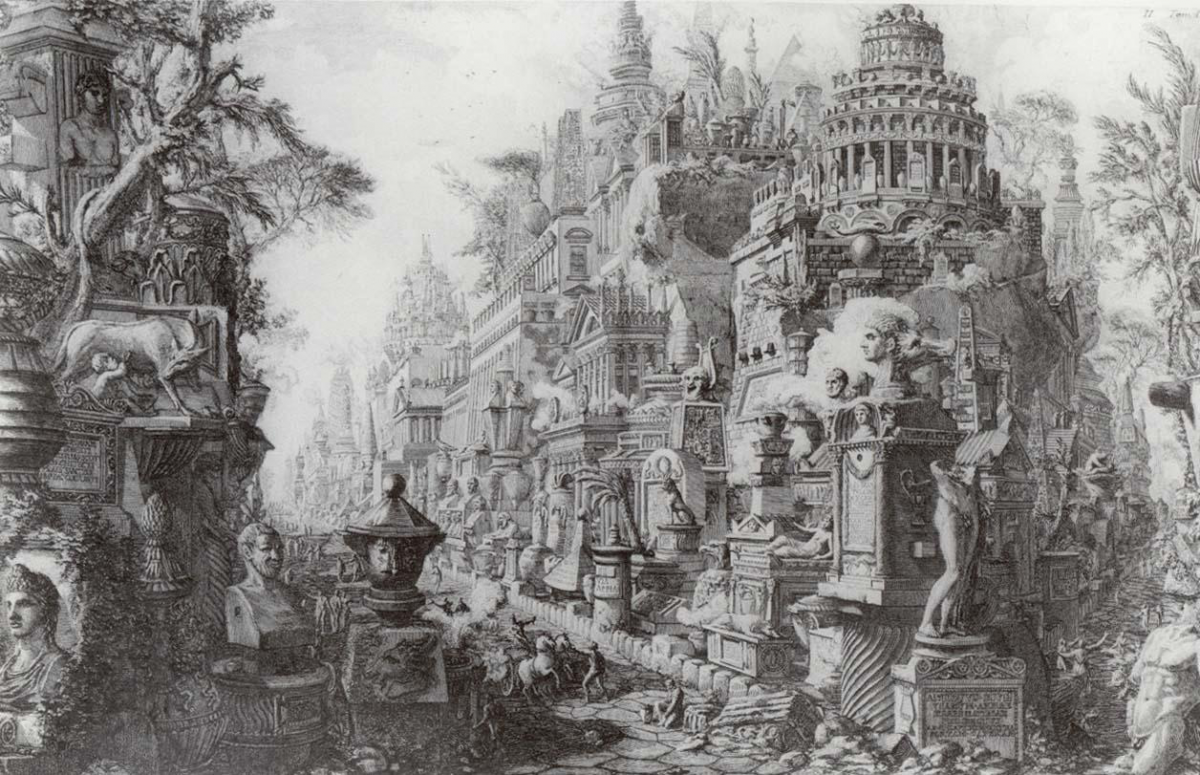
Great Bed of Ware. England. Late 16th Century (Figure 2) is an example of Baroque furniture that provides the public with an opportunity to understand better the essence of the trend called frame of space. There are a number of details which are united in the way one massive image of a bed appears. In spite of the fact that oak, the material of which the bed was created, seems to be one of the strongest and safest materials for furniture, it seems that the absence of one small detail will lead to immediate destruction of the image.
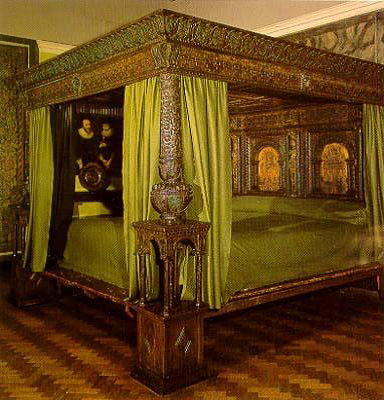
Finally, the trend of circle in squares may be observed in the work by Andrea Palladio, Auditorium, Teatro Olimpico, Vicenza, 1580-1585 (Figure 3). The idea to create a circle in the square building is a new for Renaissance. For a long period of time, the similar constructions were observed without the square around (Greek amphitheaters). This is why this room seems to be a magnificent achievement in the field of art and design.
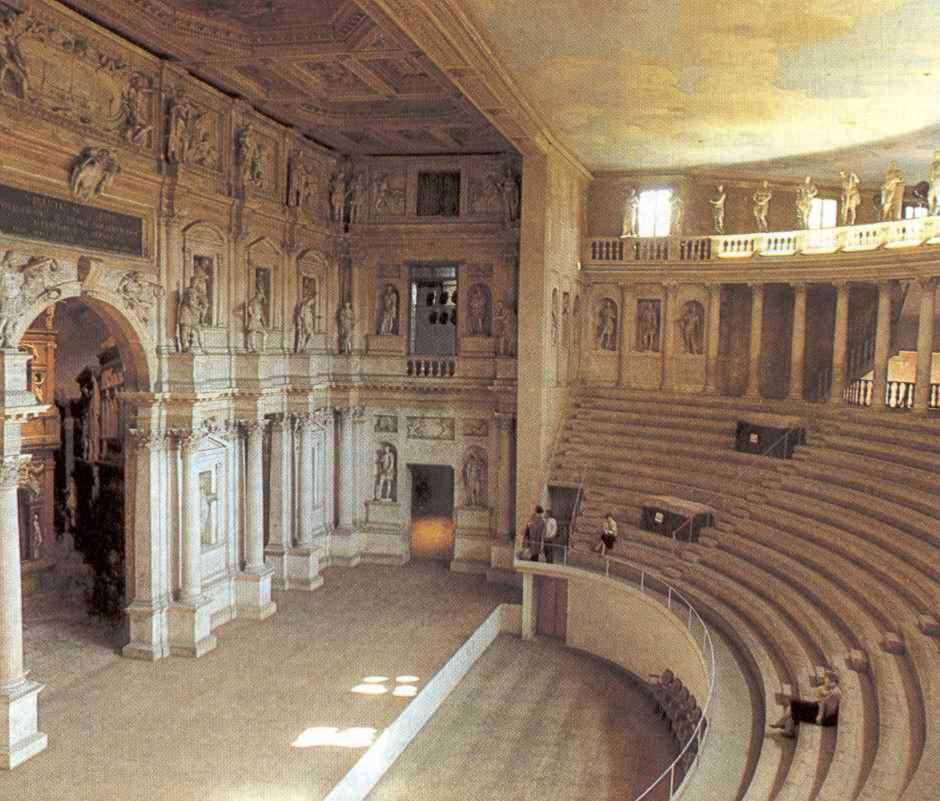
Examples of the Continuities in the 21st Century
The same trends may be observed in current works of art. For example, a Japanese architect, Shigeru Ban, introduced an interesting work in Paris in 2004-2010. It is an Office. Paper Temporary Studio. Pompidou Center (Figure 4). The trend of circle in square is properly observed in this room. The ceiling is all about the square figures which contain round windows and holes. Such decision attracts the attention and makes the visitor being amazed with its simplicity and beauty.
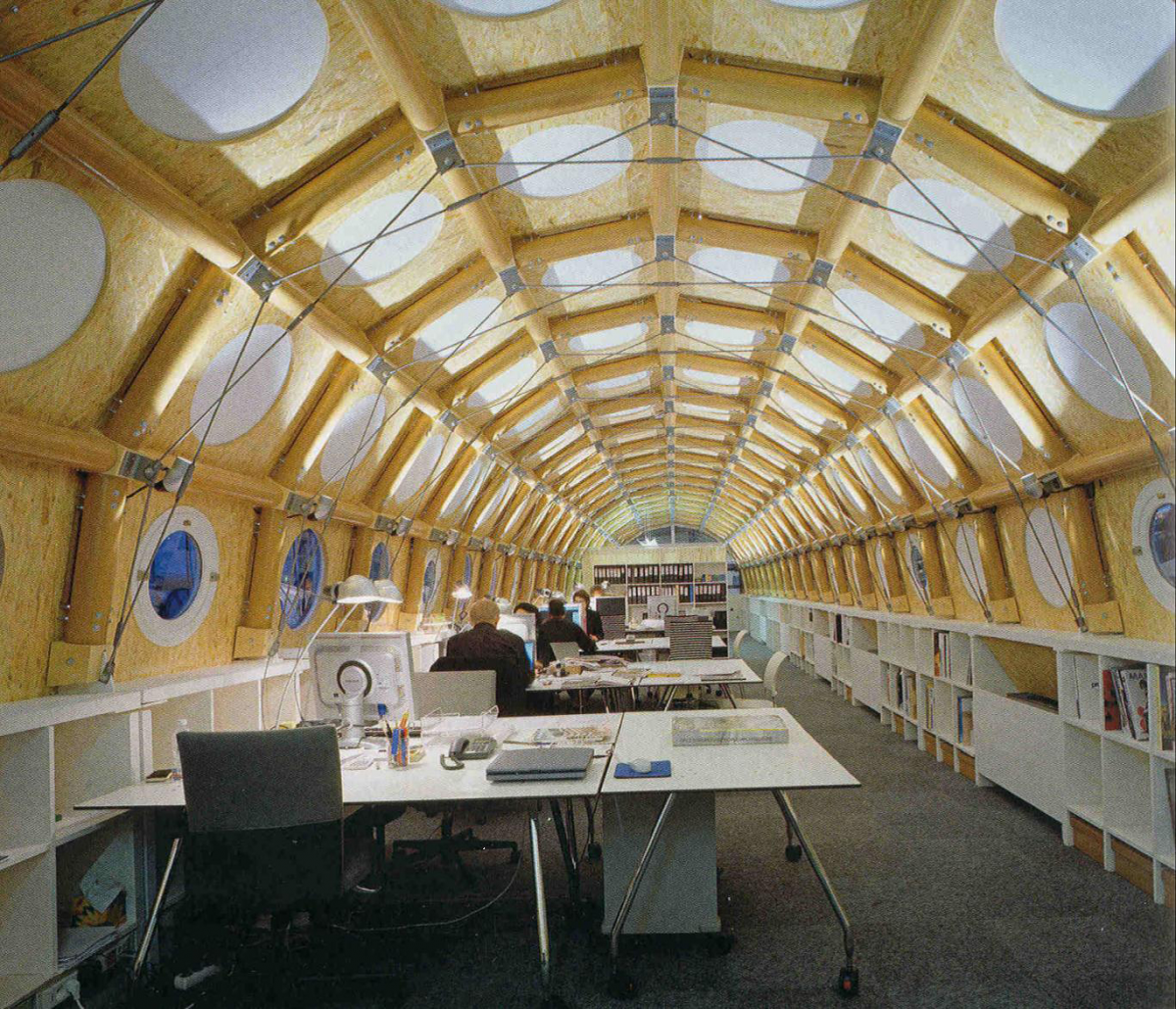
Casa de Retiro Espiritual (House of the Spiritual Retreat), Seville, Spain is created by Emilio Ambasz in 1975-2005 (Figure 5). At first sight, this work of art does not contain any specific trend. It is possible to observe a lot of ideas, still, nothing particular will come to mind.
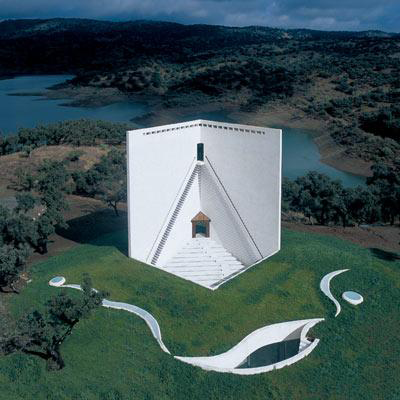
However, it may become a good example of frame space, where the air and the nature are combined with the walls and stairs created. This unique construction seems to be a powerful contribution to world’s architecture with the help of which a person may improve his/her vision of the life.
Finally, the trend of entwining is discovered in the work by the Italian designer Alessandro Mendini. It is Byblos Art Hotel, Valpolicella created in 2005 (Figure 6). The 21st century is actually enriched due to this work: incredible union of flora and rock shows how it is possible to improve the things around. It is not enough to create a wall but it is necessary to add some elements of green nature that will make the image softer and more attractive.
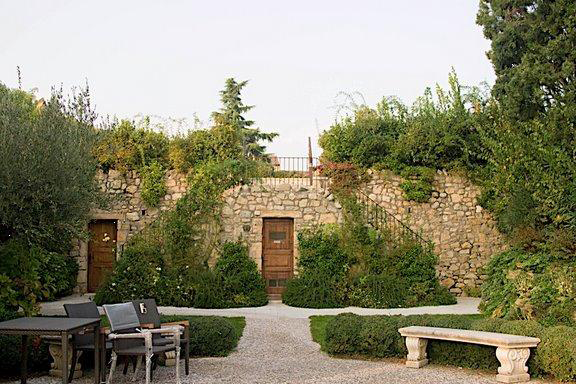
Conclusion
In general, the three trends identified in this paper play an important role in the history of art and design. Circling in square, entwining, and space frames are the trends which are used by the artists, designers, and architects to help people around develop their imagination, prettify the conditions under which they have to live, and identify the beauty that is near.
Art is the sphere where people may develop their skills and imagination in a variety of ways, and such figures like Ban, Piranesi, Palladio, Ambasz, and many others have already contributed to the world’s development in the best ways they can.
Works Cited
Bastea, Eleni. Memory and Architecture. Albuquerque: UMN Press, 2004.
Tollens, Bryant, F., Tollens, Carolyn, K., and Norton, Paul, F. Architecture in Salem: An Illustrated Guide. Lebanon: UPNE, 2004.